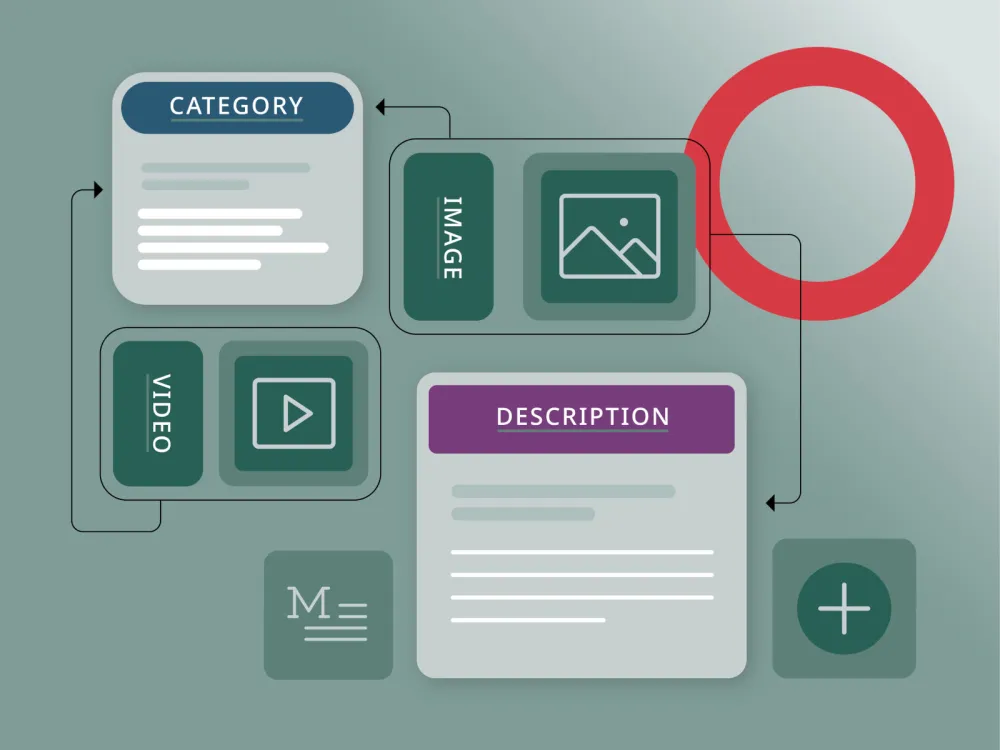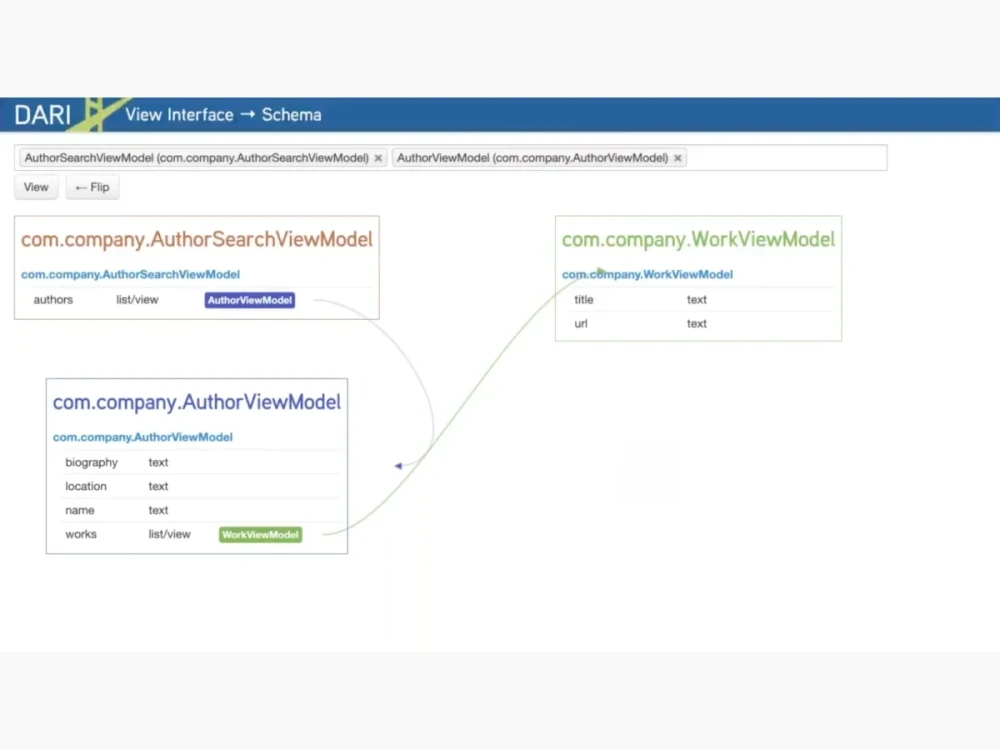With consumers engaging across more devices and platforms than ever, a key factor for content success in 2025 is the ability to rapidly publish and distribute a steady volume of content across multiple channels. As organizations become increasingly data-driven, content performance is more closely scrutinized, making efficiency a top priority for digital teams.
A headless CMS is one of the best tools to achieve this efficiency, allowing content creators to publish content when and where they need to without rigid dependencies on front-end development. The headless CMS market is expanding rapidly, with forecasts estimating it will reach $1.6 billion globally by 2027 — a significant leap from $329 million in 2020. However, to fully leverage the benefits of a headless CMS, development teams must understand GraphQL — a query language that enables seamless API connections — making it easier to manage and deliver content across various digital experiences.
We’ve covered the fundamentals of GraphQL in previous discussions, but here we’ll focus on how GraphQL enhances two of the most critical elements of content development: speed and flexibility.
How GraphQL promotes speed
In the fast-moving digital landscape of 2025, brands must publish content quickly or risk losing audience attention before engagement even begins. The behind-the-scenes work required to achieve this speed is greatly simplified with GraphQL.
Traditionally, without GraphQL, developers must send multiple API requests, parse out the data received and sometimes call additional APIs to retrieve all necessary information. Each request opens and closes an HTTP connection, creating inefficiencies that slow down development.
GraphQL eliminates these inefficiencies by enabling developers to make a single request and receive exactly the data they need — nothing more, nothing less. This not only reduces development time but also eliminates unnecessary API calls and redundant parsing, making the content delivery pipeline faster and more efficient.
Additionally, GraphQL enables evolving API structures, allowing developers to deprecate aging fields or introduce new ones without breaking existing integrations. This agility ensures that teams can roll out updates without downtime while applications benefit from faster performance, even on slower mobile networks.
In short, GraphQL empowers developers and organizations to push content updates rapidly, ensuring content teams can publish new content types across multiple channels faster than ever before.
How GraphQL promotes flexibility
With digital content consumption at an all-time high, consumers expect seamless, high-quality experiences across devices, from mobile apps to desktop interfaces. Headless CMS technology powered by GraphQL enables organizations to deliver content in a way that adapts fluidly to different front-end environments.
GraphQL facilitates this flexibility by ensuring APIs handle most of the workload. This means teams can iterate on digital experiences more efficiently without heavy reliance on back-end system changes.
For example, an organization using a traditional CMS might discover that its data storage format is inefficient, requiring a large-scale migration — a process that could take months to resolve. In contrast, with a headless CMS, the back end is decoupled from the front end, allowing developers to adopt new frameworks, open-source libraries and modern front-end technologies without major disruptions.
Where past workflows often involved bottlenecks between back-end and front-end teams, GraphQL fosters a more agile, independent development process. Developers can work without constant dependencies while content teams and the broader organization reap the benefits of faster, more efficient content workflows.
Brightspot’s CMS makes working with GraphQL and headless CMS simple
Brightspot’s GraphQL implementation features a self-describing type system, where APIs are structured around types and fields rather than rigid endpoints. This makes it easier for developers to discover and use available data types from the API.
If a new field is added to a content type, Brightspot automatically updates the editorial interface, ensuring content teams can seamlessly publish updates without additional development effort. Moreover, Brightspot’s GraphQL schema remains in sync with the platform, ensuring that new fields are instantly reflected while deprecated ones continue to function with backward compatibility.
This approach ensures that organizations using Brightspot’s headless CMS can take full advantage of GraphQL’s power without the complexity of managing API changes manually.
The future of headless CMS and GraphQL
GraphQL adoption continues to grow as organizations recognize its ability to enhance speed, flexibility and developer efficiency. According to Gartner, by 2025, more than 50% of enterprises will use GraphQL in production, up from less than 10% in 2021.
In an era where speed and adaptability are critical to content success, headless CMS technology powered by GraphQL makes it easier than ever to manage and distribute content efficiently. While not all CMS platforms fully support GraphQL today, Brightspot’s platform puts GraphQL and headless functionality at the forefront, helping organizations stay ahead in 2025 and beyond.
For more insights, explore Brightspot’s GraphQL developer resources to learn how your team can start leveraging GraphQL today.










